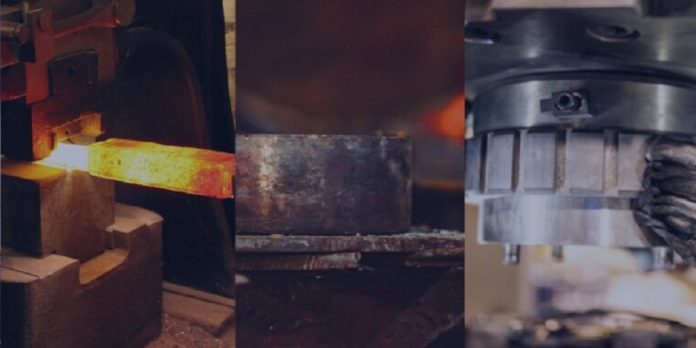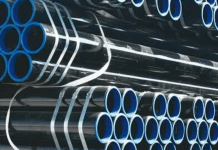Metal is shaped using compressive forces during the forging manufacturing process. The tools that form the metal into the desired shape are called forging dies. High-strength materials are typically used to make forging dies, which are made to withstand the high pressures and temperatures encountered during the forging process. In this article, you’ll learn how dies are made and what to look for when choosing a forging supplier. Moreover, why using high-quality forging dies is advantageous? Read this article entirely to understand forging and suppliers.
Factors to Consider When Choosing a Forging Supplier
Selecting the appropriate forging supplier is essential. The following considerations should be made when choosing a forging supplier:
Materials and Technology:
Ensure the forging supplier uses high-quality components and cutting-edge technology to produce forging dies. Forging dies with high performance are more likely to be provided by a supplier with advanced technology and premium materials.
Quality Control:
The quality of products is most important for everyone. Check if the forging supplier has a robust quality control process in place. Forging dies of higher quality are more likely to be delivered by a supplier with strict quality control procedures.
Knowledge and Skills:
Find a forging supplier with a lot of experience and knowledge in producing forging dies. Your needs are more likely to be met by a vendor with a track record of providing forging dies of the highest caliber.
Customer service:
Choose a forging supplier with top-notch customer support. You can avoid delays and save money by working with a supplier who responds to your needs and delivers prompt support.
Forging Die Manufacturing Process
Forging dies are made through a multi-stage process that includes design, material selection, machining, heat treatment, and finishing. Using computer-aided design (CAD) software, the forging die is designed as the first step in the process. The material for the die is chosen after the design has been decided based on its strength and robustness. Forging dies are frequently made of tool steel, high-speed steel, and carbide.
The forging die is cut and shaped using CNC machines or conventional machining techniques in the subsequent step of machining. The heat treatment process involves heating and cooling the forging die after it has been machined to increase its strength and durability. The die is finished by grinding and polishing after heat treatment to guarantee a smooth surface and accurate dimensions.
The Advantages of High-Quality Forging Dies
High-quality forging dies have the following advantages:
Cost Savings:
High-quality forging dies can minimize downtime, maintenance expenses, and the requirement for frequent die changes, ultimately saving money.
Increased Productivity:
High-quality forging dies can withstand the high pressures and temperatures involved in the forging process, reducing the need for frequent die replacements and increasing productivity.
Extended Die Life:
Forging dies of higher quality have a longer lifespan than those of lower quality, which reduces the need for replacements more frequently and the associated costs.
Better Products:
High-quality forging dies can create better products with accurate dimensions and a smooth surface finish, eliminating additional machining or finishing.
Conclusion
In conclusion, producing forging dies requires knowledge, cutting-edge equipment, and premium materials. Choose a supplier with the expertise, quality control procedures, advanced technology, and top-notch customer support. High-quality forging dies have many advantages, including increased productivity, financial savings, better products, and prolonged die life. You can guarantee the success of your forging operations by selecting the ideal forging supplier and using premium forging dies.












